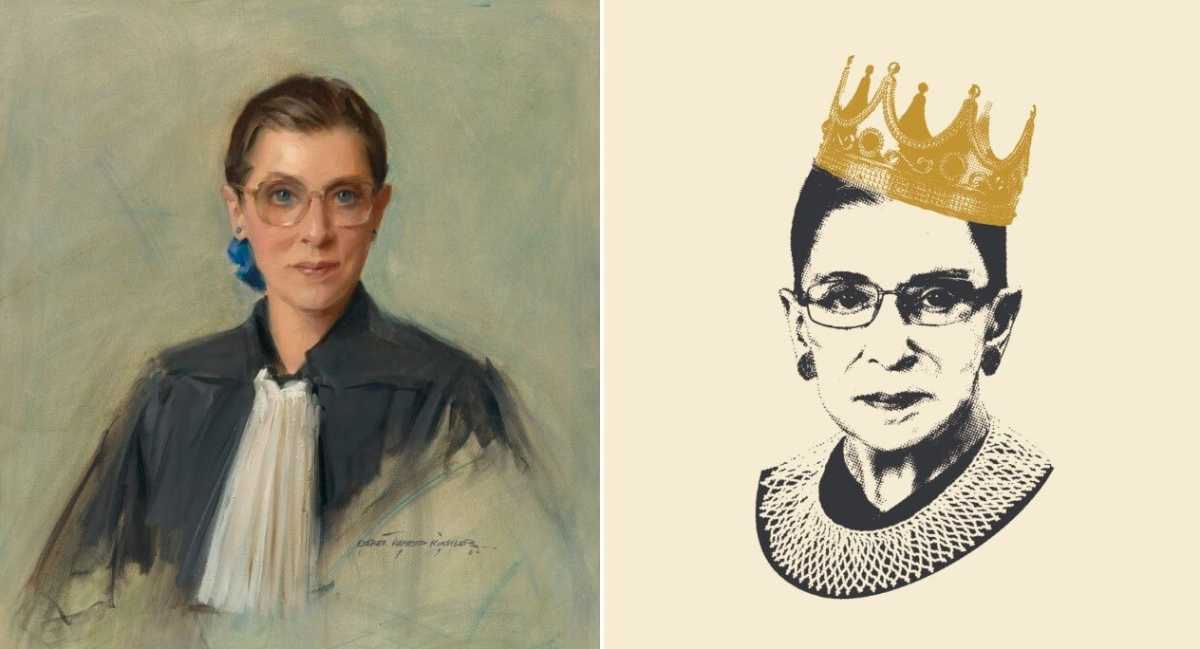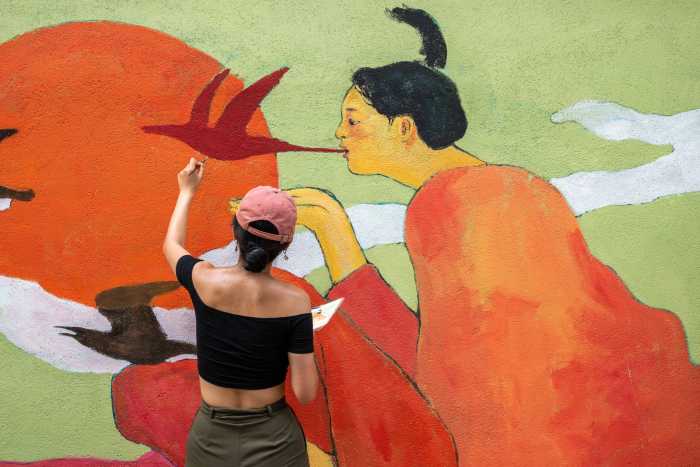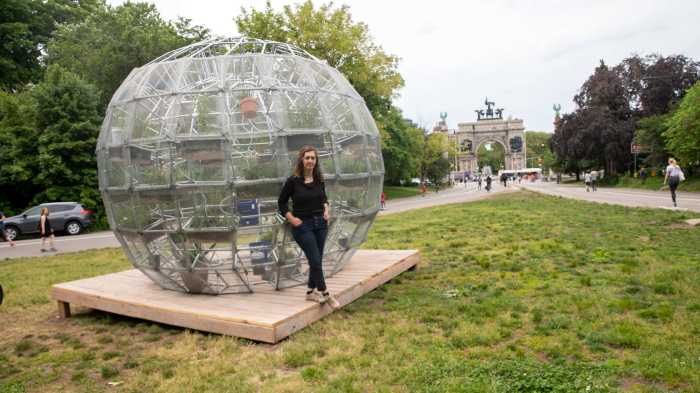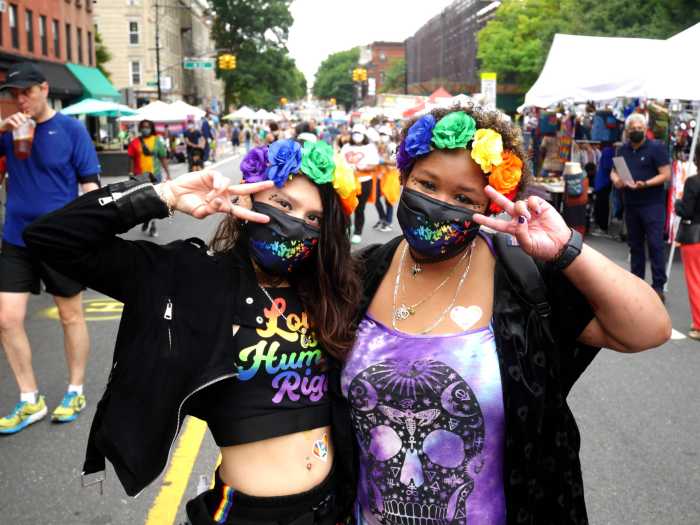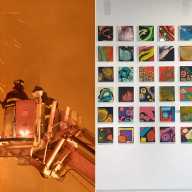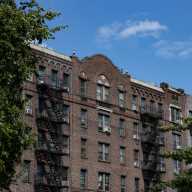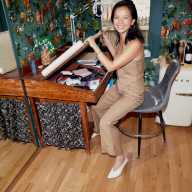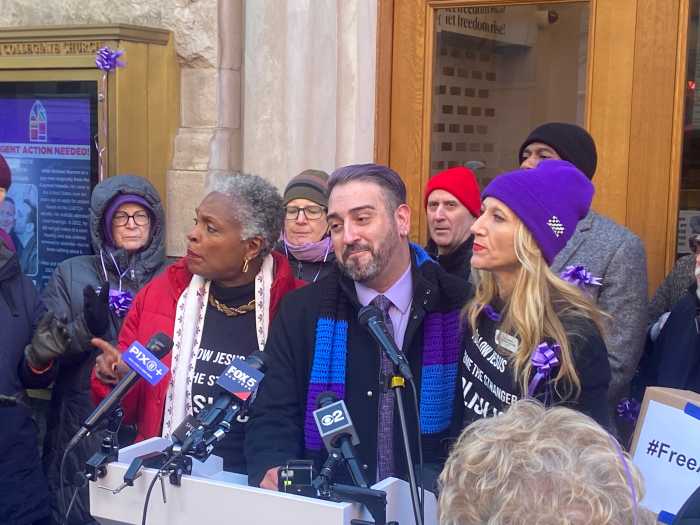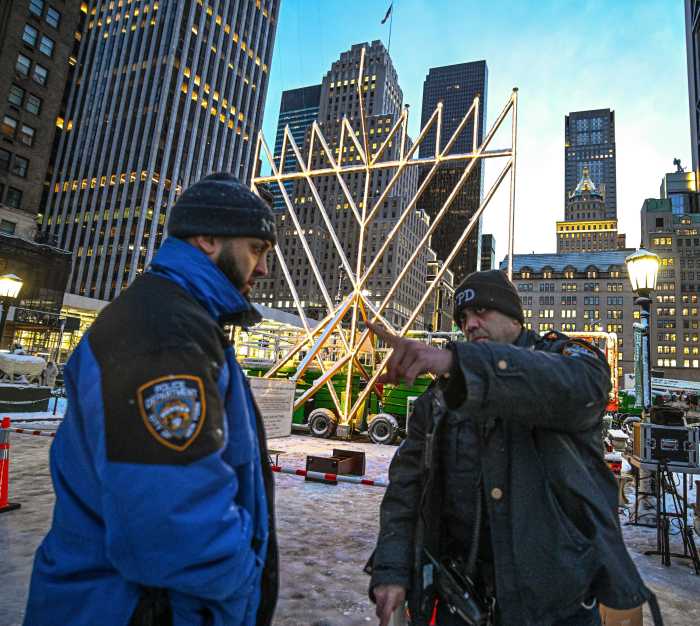Within the last decade of her life, the late Supreme Court Justice Ruth Bader Ginsburg became known by a nickname: Notorious RBG.
The moniker — coined by a second-year law student at NYU who was inspired by a scathing dissent Ginsburg penned in response to a 2013 Supreme Court decision that struck down part of the Voting Rights Act of 1965 — derived from that of the late rapper, the Notorious B.I.G.
Initially taken aback by the prospect of being known as ‘notorious,’ Ginsburg — a staunch defender of women’s rights who those close to her have described as introverted and a deep thinker — eventually took to the title due to the roots that she and her rapper namesake shared: “We were both born and bred in Brooklyn, New York,” she told the late journalist Gwen Ifill in 2016.
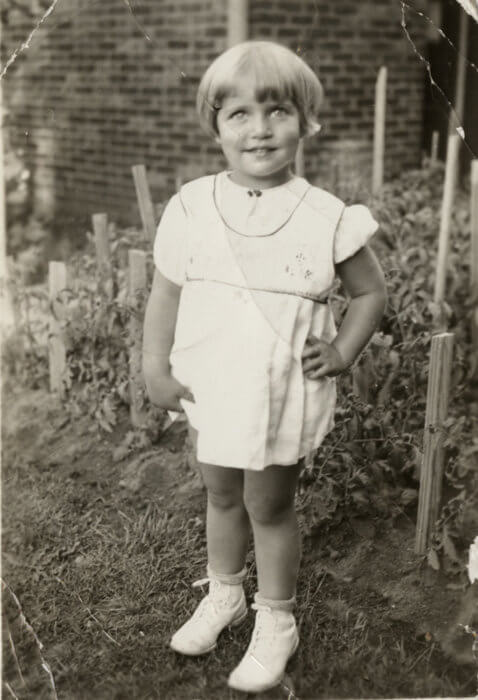
Those early years of Ginsburg’s life spent growing up in Kings County are explored in “Notorious RBG: The Life and Times of Ruth Bader Ginsburg,” a new exhibit on view at the New-York Historical Society, in Manhattan, through next January. Through photographs, documents, and other artifacts, the exhibit charts the highlights of Ginsburg’s legal career and how growing up in the Midwood area — as the daughter of a Jewish immigrant, and surrounded by Irish, Italian, and eastern European immigrants — shaped the values that led her to use the law in pursuit of justice for all, according to one of the Historical Society staffers who helped coordinate the exhibit.
“Her life’s work is all about expanding who is included in the preamble of the constitution, of ‘We the People.’ Being born in this community in Brooklyn is absolutely something that drove her her entire life,” said Anna Danziger Halperin, the Andrew W. Mellon Postdoctoral Fellow in Women’s History and Public History at the Center for Women’s History.
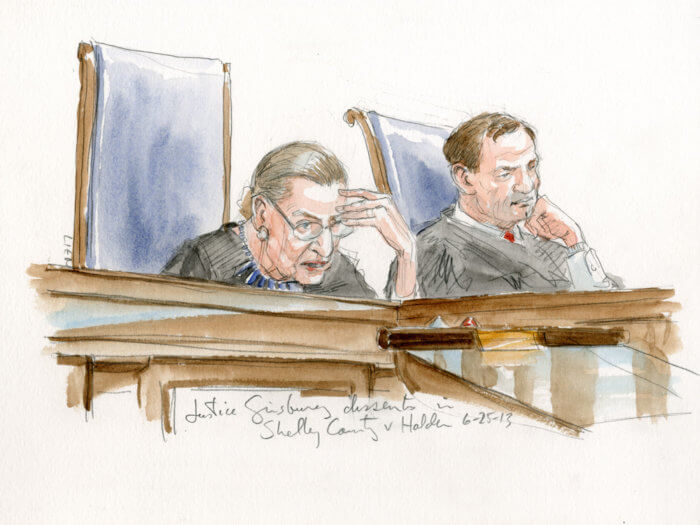
Following Ginsburg’s death last September, of complications from pancreatic cancer at age 87, Brooklynites honored her Kings County roots through a slew of memorials: Ginsburg’s name now adorns the former Downtown Brooklyn Municipal Building and will replace Coney Island Hospital’s current name as of next summer. In March, local politicos also unveiled a six-foot-tall bronze statue of the late legal titan at City Point shopping mall downtown.
But her Brooklyn beginnings were more humble than her legacy has proven to be: Ginsburg grew up on East 9th Street between avenues O and P, and attended PS 238, a block from her home. There, she was editor of the school newspaper, “Highway Herald,” for which she wrote a 1946 editorial, included in the exhibition, that examined the significance of the Ten Commandments, the Magna Carta, the 1689 Bill of Rights, the Declaration of Independence, and the UN Charter.
That same year, for the bulletin of the East Midwood Jewish Center, Ginsburg — an eighth grader who would have been around 13 years old at the time — penned an article called “One People,” also included in the exhibition, that argued that “for righteous people hate and prejudice are neither good occupations nor fit companions,” she wrote.

Those early writings emphasize some of the beliefs that would go on to guide Ginsburg’s work, including “the importance of diversity…and working together to create a better world,” according to Laura Mogulescu, curator of women’s history collections at the Historical Society.
Ginsburg went on to study at James Madison High School, on Bedford Avenue between Avenue P and Quentin Road, Cornell University — where she met her husband of more than 55 years, tax attorney Marty Ginsburg — and Harvard and Columbia Law schools, where she became the only woman to make two major law reviews, according to the exhibit.
After she finished her studies, Ginsburg went on to teach at Rutgers Law School and Columbia Law School and co-founded the Women’s Rights Project at the American Civil Liberties Union, where she advocated for gender equity and women’s rights, winning five of the six cases she argued before the Supreme Court — including Reed v. Reed, which marked the first time the Supreme Court ever struck down a law that treated men and women unequally, the exhibit notes.
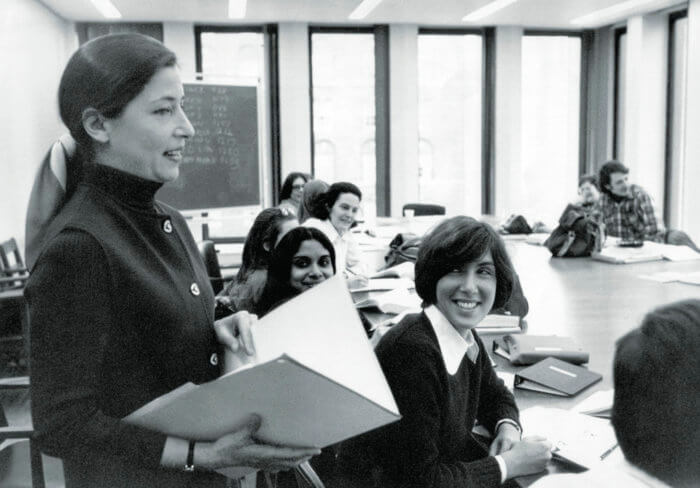
These feminist commitments were also shaped by Ginsburg’s early years in Kings County, according to Danziger Halperin.
“Being in a Jewish community in Brooklyn helped her learn to question everything and to think about all these things that would then guide her for the rest of her life,” she said, pointing to Ginsburg’s recollection of not being counted in the minyan — or the quorum of men required by Jewish law to be present for communal prayers — while mourning her mother, Celia, who died of cancer the day before Ginsburg’s high school graduation. “I think she was very cognizant of the kinds of barriers that she would then spend her life pushing against.”
Following her work at the ACLU, Ginsburg was nominated by President Jimmy Carter to the US Court of Appeals for the DC Circuit in 1980, and to the Supreme Court by President Bill Clinton in 1993.

The work Ginsburg did in these roles is on view in the exhibit, which features wall panels breaking down some of the most significant cases that she argued as a lawyer and ruled on as a Supreme Court Justice. Those include Ledbetter v. Goodyear, in which Ginsburg dissented from the majority opinion by calling on Congress to legislate against gender-based pay discrimination, which they did by passing the Lily Ledbetter Fair Pay Act of 2009, and her final dissenting opinion — issued last year, in a pandemic-induced teleconference — when Ginsburg took her fellow justices to task for ruling in favor of allowing employers with religious or moral objections to limit employees’ access to birth control under the Affordable Care Act.
These highlights ensure that visitors to the exhibit leave with “a fully-formed picture of RBG — not just as an icon…but as someone who was committed to creating a more equitable society under the law, and who worked very hard throughout her life in service of that mission,” Mogulescu said.


